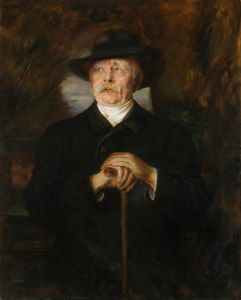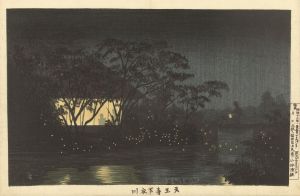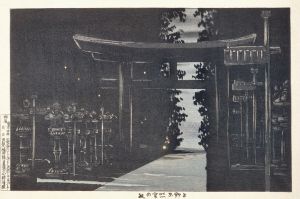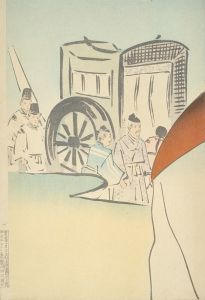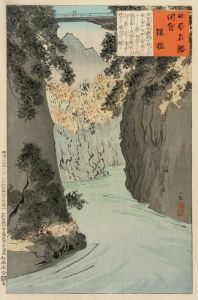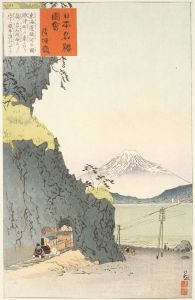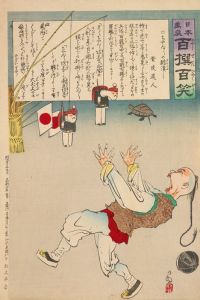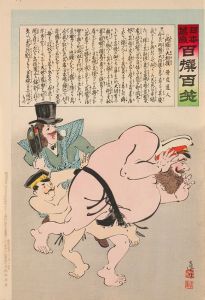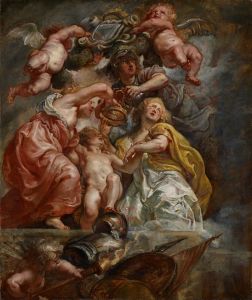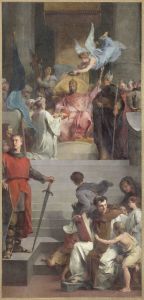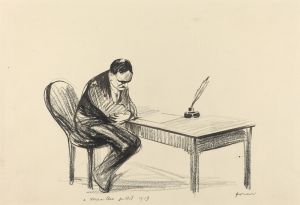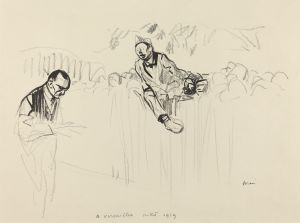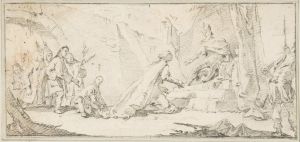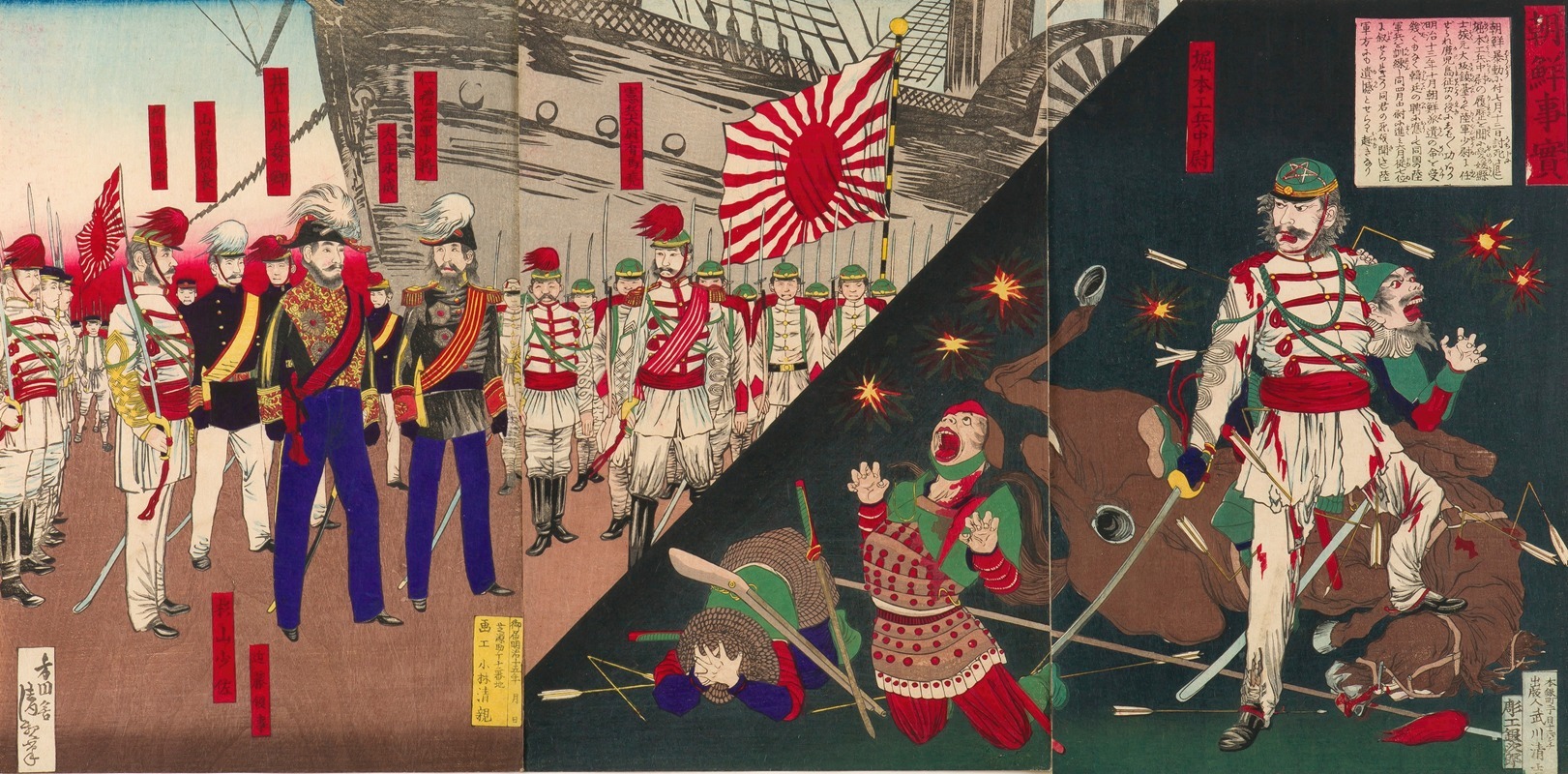
The Truth about Korea
A hand-painted replica of Kobayashi Kiyochika’s masterpiece The Truth about Korea, meticulously crafted by professional artists to capture the true essence of the original. Each piece is created with museum-quality canvas and rare mineral pigments, carefully painted by experienced artists with delicate brushstrokes and rich, layered colors to perfectly recreate the texture of the original artwork. Unlike machine-printed reproductions, this hand-painted version brings the painting to life, infused with the artist’s emotions and skill in every stroke. Whether for personal collection or home decoration, it instantly elevates the artistic atmosphere of any space.
"The Truth about Korea" is a woodblock print created by the Japanese artist Kobayashi Kiyochika. Kiyochika, born in 1847 and active until his death in 1915, was known for his ukiyo-e prints and his work during the Meiji period, which was a time of significant transformation in Japan as it modernized and opened up to the world after centuries of isolation.
Kiyochika's work often depicted contemporary events and was characterized by a blend of traditional Japanese woodblock printing techniques with Western influences, particularly in the use of light and shadow. This style is evident in "The Truth about Korea," which is part of a series of prints that Kiyochika produced during the First Sino-Japanese War (1894-1895).
The First Sino-Japanese War was a conflict between the Qing Dynasty of China and the Empire of Japan over influence in Korea. The war marked the emergence of Japan as a significant military power in East Asia and led to the Treaty of Shimonoseki, which recognized Korea's independence from China and ceded Taiwan and the Pescadores Islands to Japan.
"The Truth about Korea" reflects the Japanese perspective on the conflict and serves as a piece of wartime propaganda. The print likely aimed to justify Japan's military actions and influence public opinion by portraying the Japanese forces in a positive light. Kiyochika's prints from this period often depicted Japanese soldiers as heroic and disciplined, in contrast to their Chinese counterparts, who were shown as disorganized and ineffective.
The composition of "The Truth about Korea" is dynamic and dramatic, capturing a moment of intense action. Kiyochika's use of perspective and shading creates a sense of depth and movement, drawing the viewer into the scene. The print would have been part of a larger effort to rally public support for the war and to promote a sense of national pride and unity.
Kiyochika's work during the First Sino-Japanese War is significant not only for its artistic qualities but also for its historical context. It provides insight into how art was used as a tool for propaganda and how the Japanese public was encouraged to view their nation's military endeavors. The prints from this period are valuable historical documents that offer a glimpse into the mindset and attitudes of the time.
Overall, "The Truth about Korea" is an important example of Kobayashi Kiyochika's work and a reflection of the broader cultural and political climate of late 19th-century Japan. It demonstrates the intersection of art and politics and the role of visual media in shaping public perception during a pivotal moment in Japanese history.





